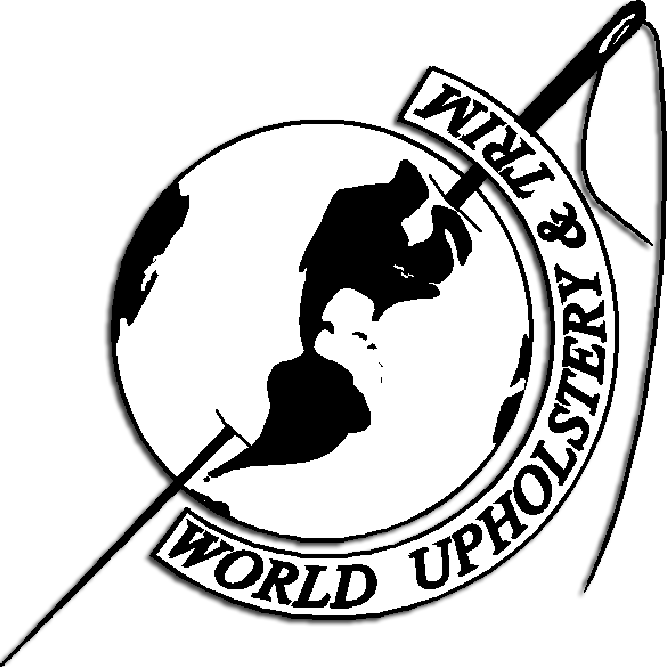

| About Us | Contact Us | F.A.Q.s | Installation | |||||||||||||||||||||||||||||||||||||||
|

|
||||||||||||||||||||||||||||||||||||||
|
Mercedes-Benz W107 Roadster
Mercedes-Benz W107 Convertible Top Installation Instructions
To Order this product by Phone, Call (888) 601-2184, Monday to Friday, 8 am to 5 pm PST The following information is supplied as a customer service guide only. World Upholstery & Trim recommends professional installation of all our products. No guarantees are granted with regards to the use of this guide. Tools required:
Additional parts not included that may be required:
General Preparations:
Pre-Installation Preparations:
Top Removal:
Before you begin, please take into consideration that the installation process will take approximately 4 hours! Top Installation:
Elapsed Time: Approximately 4 hours |
|||||||||||||||||||||||||||||||||||||||
|
www.worlduph.com is a registered trademark. Any copying or reproduction of any kind must be approved by a written contract. This website is maintained by World Upholstery & Trim Webmaster |
|||||||||||||||||||||||||||||||||||||||
|
|||||||||||||||||||||||||||||||||||||||